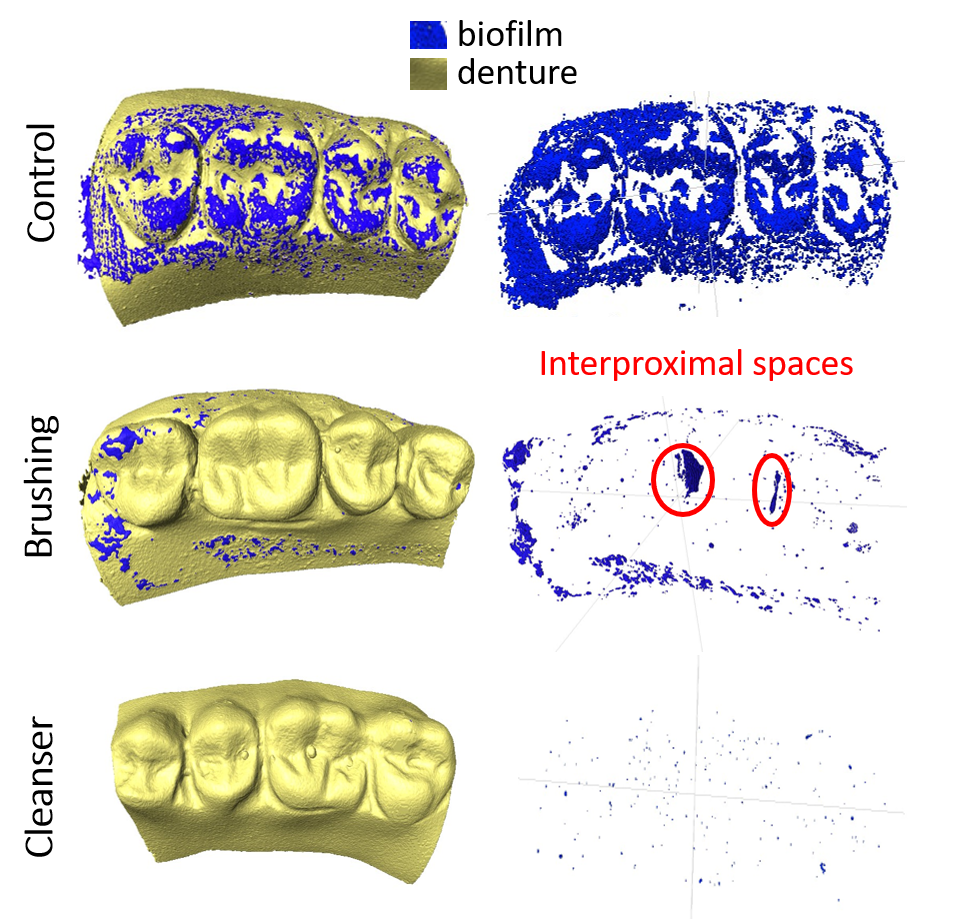Project No. 2458
Primary Supervisor
Marta Roldo – University of Portsmouth
Co-Supervisor(s)
Mahdi Mutahar – University of Portsmouth
Roxane Bonithon – University of Portsmouth
Rob Howlin – Haleon (Industry partner)
Andy Hunt – Haleon (Industry partner)
Olivia Pinel – Haleon (Industry partner)
Summary
As global population ages, use of complete or partial dental prostheses is rising.
Denture wearers commonly experience pain, looseness, chewing difficulties, aesthetic concerns, and challenges in maintaining proper denture hygiene. Inadequate cleaning supports fungal or bacterial overgrowth which can lead to conditions like denture stomatitis and contribute to overall poor health. Dentures rest on a salivary film primarily composed of salivary proteins, which plays a vital role in denture retention and microbial colonisation. The composition of this salivary pellicle influences microorganism colonisation, as the pellicle provides specific attachment receptors for microorganisms.
In the context of elderly care, maintaining oral hygiene can be challenging, and there is a pressing need for methods that make it easier for the elderly to maintain good oral hygiene. Researchers have explored the development of antimicrobial dental materials, but the long-term effects of these materials on oral and general health remain unclear.
Our study aims to contribute to the development of improved denture care products that not only remove formed biofilm but also prevent its formation on dental materials. To achieve this, our research will focus on understanding factors affecting the composition of salivary pellicle, to exploit those factors that inhibit colonisation by biofilms.
This project holds the potential to significantly enhance the oral health and overall well-being of denture wearers. We have developed a methodology utilizing X-ray computed tomography to visualise and quantify biofilm formation and removal. We aim to compare the effectiveness of different cleansing products using this approach. Additionally, we will investigate the mechanisms of action of various cleansing formulations and assess the impact of cleansing products on salivary pellicle formation and composition through various analytical techniques. This comprehensive research effort will provide valuable insights into improving denture care and oral health maintenance.

